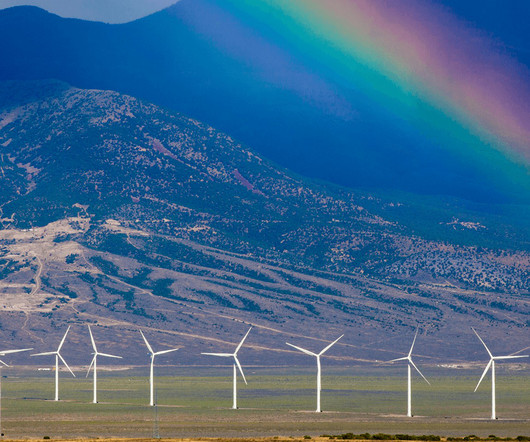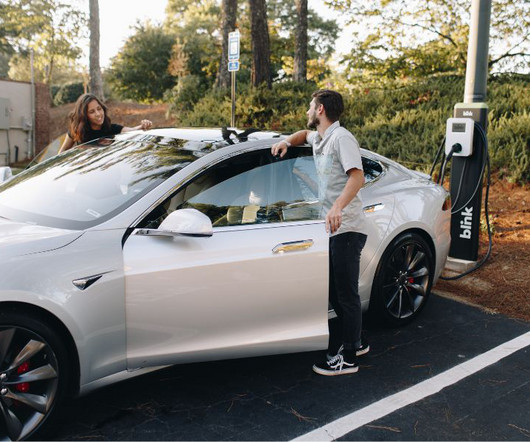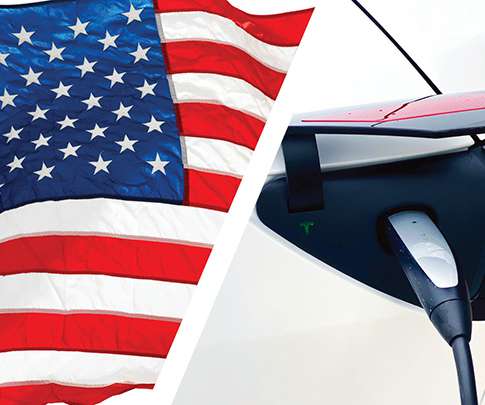US wind generation fell in 2023 for the first time since the 1990s
Baua Electric
APRIL 30, 2024
The EIA breaks down regions by census divisions, and there are three census divisions that account for half of the installed wind capacity in the US. The Mountain Census states – Arizona, Colorado, Idaho, Montana, Nevada, New Mexico, Utah and Wyoming – reported a smaller reduction of 2%. higher than during the same period in 2022.













Let's personalize your content